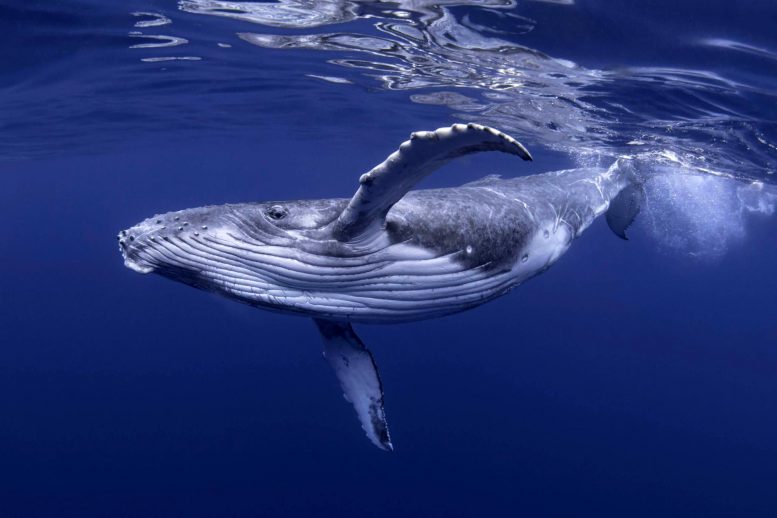
The nutrients produced by whales when they poo has been found to fertilize the interior of forests around the world.
Big animals have the power to change the face of our planet: they sculpt woodlands, power ecosystems and can even help to fertilize the interior of rainforests.
Conservation is working to prevent the largest animals on Earth from sliding into extinction — and saving them could be more important than we ever realized.
Humans have been altering the environment for tens of thousands of years. One of the starkest consequences of this is the loss of many large animals, known collectively as megafauna, from much of the planet.
When people spread out of Africa and first arrived in places like the Americas, Australia, New Zealand and Europe, the land was dominated by some truly huge animals.
Giant ground sloths and armored glyptodons roamed across the savannas of South America, huge mammoths and cave bears were trampling around the chilly landscapes of Europe, while truly enormous wombat-like diprotodons and moas were to be found across much of Australia and New Zealand.
These species had a significant impact on the habitats in which they lived, and when they were driven to extinction, they left an ecological hole. But this wave of extinction is not over.
Those large animals that did survive the first round are now facing a similar threat. Elephants, rhinos, and some species of whales are all balancing on the edge of extinction.
It is only relatively recently, however, that we have begun to understand just how wide reaching the influence of these animals is on the natural world. Once we know more, it could change the way we go about protecting them.
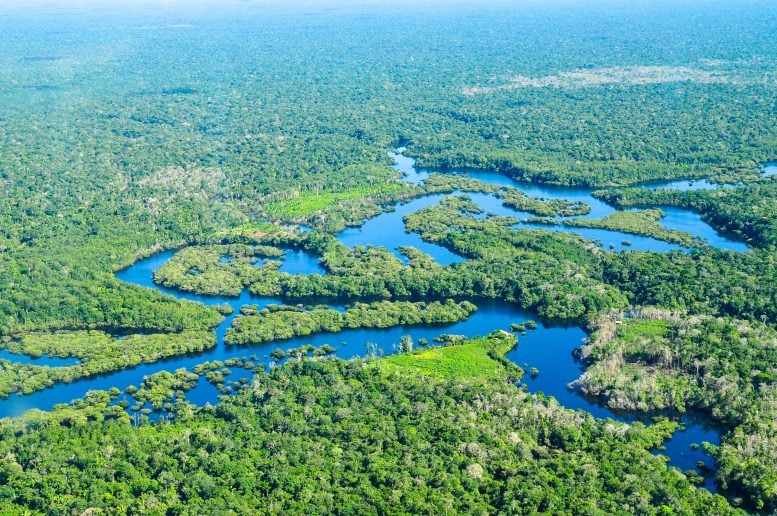
Big animals are influencing environments such as the Amazon not only on national or international scales, but even global ones. Credit: Neil Palmer/CIAT/CIFOR
Ken Norris, Head of Life Sciences at the Museum, has published a piece with colleagues that raises the question of how conservationists could think more globally.
“These big animals are iconic in a conservation sense and we are not arguing that we shouldn’t conserve them in their own right,” explains Ken. “But there are also a lot of fundamental things these animals do ecologically, and we are only just beginning to understand the really massive scales on which they operate.
“Currently we are not conserving those systems at scales large enough to protect and restore these key ecological roles. That is the point.”
The opinion piece has been published in the journal Trends in Ecology and Evolution.
The hidden power of whales
Large animals, such as elephants and whales, are often referred to as ecosystem engineers. This is because as they go about their day-to-day business, these huge animals alter their environment in such dramatic ways that they help to create and maintain entirely new habitats.
Elephants, for example, are so big that they will regularly push down trees to get to food from the upper branches, and as a result open up woodlands that allow understory plants to thrive in the sunshine. They are also known to help sustain entire rainforests as they spread the large seeds of fruit trees over vast distances before depositing them in little piles of natural fertilizer.
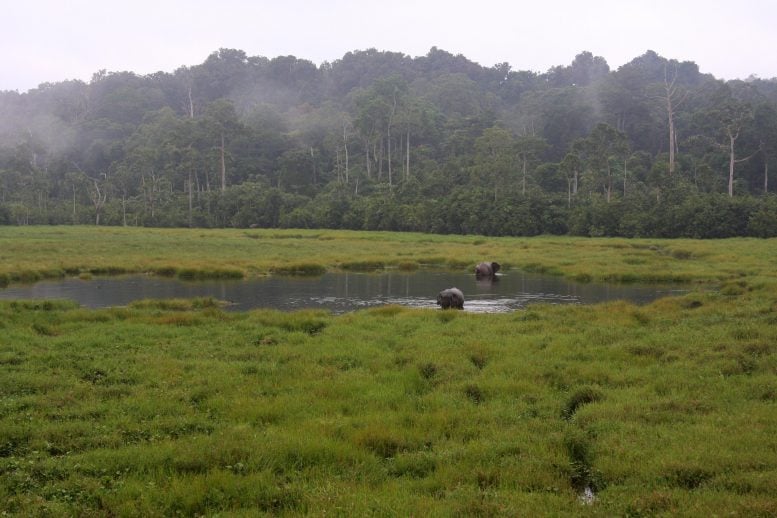
In the depths of the African rainforest, elephants create and maintain huge forest openings known as bais, which are then used by an array of other species from bongo antelopes to gorillas. Credit: Michelle Gadd/U.S. Fish and Wildlife Service
But these big animals have an impact on a much larger scale even than this.
“We didn’t realise until a few years ago just how important large animals are to large scale earth system processes,” explains Ken. These are the systems in which nutrients are cycled through the environment on a global scale.
“For example, there is research we cite which shows how important nutrients from the oceans are for massive biomes like the Amazon. You wouldn’t realize it, but there is a nutrient pump that exists which comes from the ocean up the rivers and onto the land.”
Animals such as whales and fish poop nutrients into the water. These nutrients help to fuel the plankton, which make their way into smaller fish. The fish are then either eaten by seabirds which in turn deposit their own poop on land, or feed larger migratory fish.
These fish then travel up the river systems and deep inland through the vast network of waterways. They will then be eaten by predators such as birds of prey and big cats, or simply die in the rivers, and as a result spread these nutrients that originated in the oceans over the land and deep within the forests.
“In recent years, some people have estimated how degraded those nutrient systems are because of the loss of large animals, and the impact has been massive,” explains Ken. “They estimate that certain nutrient pumps may have declined by over 80%, in part because of the removal of large animals such as whales.”
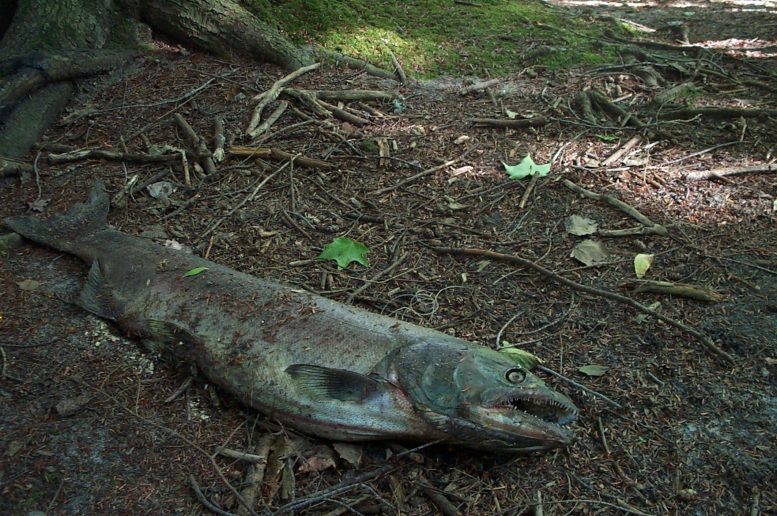
Migratory fish that originated in the oceans can be found spread across the forest floors, distributing nutrients far inland and feeding the forest. Credit: anttler (CC BY-NC-ND 2.0)
Global cooperation
When it comes to protecting nature, conservation movements have tended to focus on saving specific species in particular locations.
Recently, scientists have been thinking more broadly. For example, transboundary conservation initiatives have been created which straddle multiple countries. But Ken and his colleagues argue that, while this is undoubtedly moving in the right direction, if we want to take into account the scale at which these nutrient cycles operate, we need to think bigger still.
“There are some examples of this emerging, but we are still not up at the necessary levels of scale,” says Ken. “For example there is one of these transboundary conservation initiatives in the north west US and the west of Canada called Y2Y, where they have reintroduced wolves but conservation at these scales may still not be large enough.
“We need to be looking at ecosystems such as the Amazon which are millions of square kilometers.”
This might seem like an impossible challenge, but environmental initiatives of this scale have been achieved before, such as when the world’s governments came together to agree to fix the hole in the ozone layer or the international ban on whaling.
“It is an enormous challenge to reinstate these systems, but the impacts of not doing anything about it could be really severe,” says Ken. “We simply don’t know enough about this.
“We know that losing big animals is ecologically problematic at these massive scales, but we don’t know the exact impacts of losing them. How long have we got to sort out those issues, and what could be done about them?
“This is really a call to get people thinking about these problems and issues.”


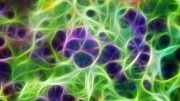

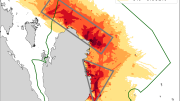
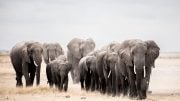

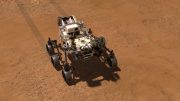
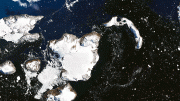
Read Revelation,in the Bible, to see what will happen to Earth. Totally ruined ,man’s fault too. Asteroid hits us,all green plants gone,seas totally poisoned,all mountains and islands gone,animals gone.then Christ returns after WW3 and Armageddon. Then paradise on Earth restored.